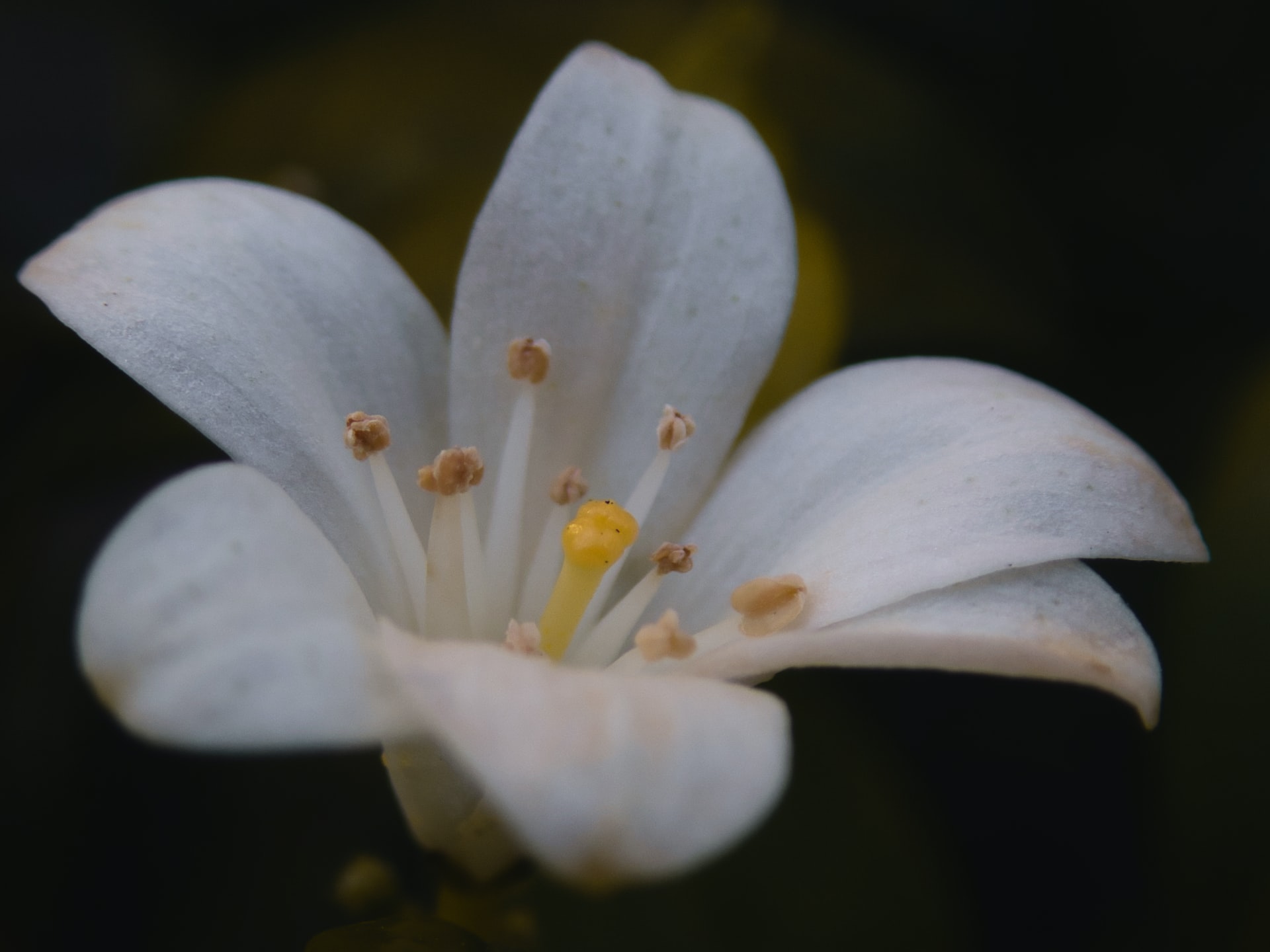Peace lilies are somewhat toxic to cats, albeit the substances they contain are not as hazardous as those found in genuine lilies.
Nonetheless, contact your veterinarian right away! Your cat is clearly in pain, but she should make it through.
If she had eaten a genuine lily (Lilium genus) or simply drunk water from a vase containing cut lilies of this sort, her destiny may have been drastically different, resulting in severe renal failure.
Fortunately, the toxicity level of this houseplant is often much lower.
Continue reading to learn about the symptoms of peace lily poisoning and what to do if your cat consumes a piece of this plant.
Are Peace Lilies Toxic to Your Pet Cats and Dogs?
Fortunately, the Peace Lily does not provide the same amount of danger as Lilium or Hermocallis variations, but it is still dangerous if a cat or dog nibbles on or consumes a piece of the plant. Insoluble oxalates are minute needle-like crystals found in all regions of the Peace Lily. When these structures come into touch with the mouth or tongue, they immediately generate a burning sensation. This can cause drooling, excessive licking, pawing at the mouth, vomiting, swallowing trouble or discomfort, and vomiting.
In most circumstances, a chilled demulcent such as yoghurt or lactose-free milk may relieve these symptoms quickly. In rare situations, damaged tissues might become enlarged, leading to enlargement of the upper airway and breathing difficulties. The biggest danger with Lilium exposure is that insoluble oxalates will harm a cat’s kidneys.
You may be interested in:
- Are Bromeliads Toxic To Pet Cats
- Are Fiddle Leaf Figs Toxic to Pet Cats, Dogs, or Other Animals
- Are Air Plants Toxic to Pet Cats, Dogs, or Other Animals
- Is The ZZ Plant Poisonous for Cats, Dogs, or Other Pets
- Are Venus Fly Traps Poisonous To Cats
Why Keep Peace Lilies Away from Cats and Dogs?
According to the Pet Poison Hotline, the Mauna Loa Plant, often known as Peace Lilies, contains calcium oxalate crystals that are harmful to cats. The crystals are produced when your cat nibbles on the stems or even the leaves of this plant. When the crystals begin to permeate the cat’s tissues, it causes injury.
The plant does not have to be consumed to cause harm. It may inflict excruciating discomfort merely by being in the cat’s mouth.
Though somewhat poisonous to cats, the Peace Lily is not as hazardous as other types of lilies, such as daylilies. Toxins in the Peace Lily, which is not a genuine lily, cannot harm your cat’s liver or kidneys.
Still, it’s better to keep all flowers away from your feline companions.
What are the Symptoms of Peace Lilies Toxic to Cats and Dogs?
The following are the most typical indicators of poisoning in cats from ingesting pieces of commonly growing kinds of peace lily plants, according to the Pet Poison Helpline:
- Drooling Oral discomfort
- pawing at the lips
- Vomiting
- Appetite suppression
- These happen right after the animal nibbles on the leaves.
One of the key causes of these symptoms in your pet is that calcium oxalate crystals are like tiny spears.
They produce acute burning by penetrating the tissue in your cat’s mouth, including the gums and tongue, as well as the throat and esophagus. Under the conditions, who could blame your cat for yowling?
Because of the discomfort and drooling, your cat’s meow may have a distinct tone.
It is possible for the upper airway to enlarge, making breathing difficult. Fortunately, when peace lilies are the problem, this condition is uncommon.
What If Cats and Dogs Nibble on Peace Lilies?
The good news is that the pain and discomfort will subside on their own after a few hours.
On a white backdrop, a close-up of a white Turkish van cat with one blue and one amber eye sheltering behind a peace lily plant.
You may also help your pet feel better by offering him or her some cooled lactose-free milk or yogurt.
Lactose overdose can induce diarrhea, and because most adult animals are lactose intolerant, regular dairy products should be avoided or supplied sparingly.
There are several plant species that may be harmful to cats, and correct treatment may require identification.
If you take your pet to the doctor, carry a cutting of the peace lily or a snapshot on your phone to aid the vet’s diagnosis.
Conclusion
Although eating a peace lily would most certainly be upsetting for your cat, the good news is that your beloved pet should survive the event intact.
A close-up horizontal photograph shows a huge gray cat sniffing the leaf of a peace lily plant blooming in an orange vase in strong sunlight.
If your cat is prone to biting, gnawing, or ingesting beautiful blooms or leaves, you should think twice about keeping this and other potentially deadly houseplants in your home.
Please keep in mind that if your cat consumes any plant that is not usually ingested as part of its regular diet, dangerous or not, it may have stomach distress due to mechanical irritation.
Has one of your pets started eating your houseplants? Please take the necessary steps to give the finest care and a safe environment for your kitties, and let us know in the comments what some of your favorite cat-friendly plants are!









